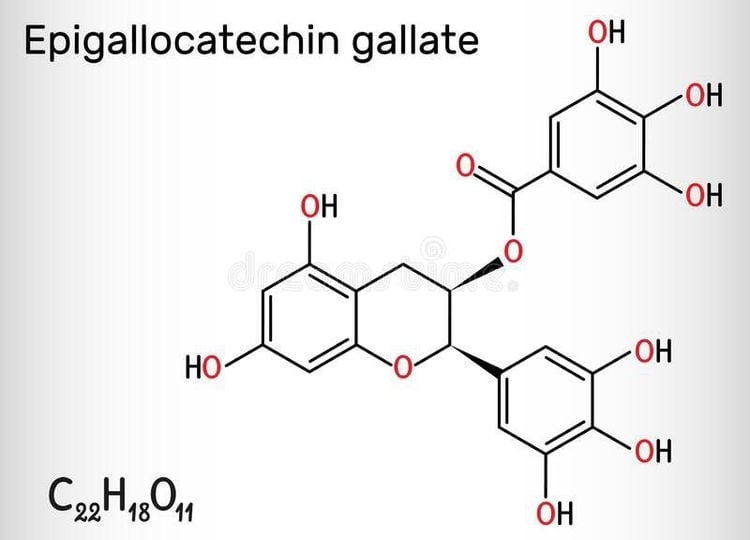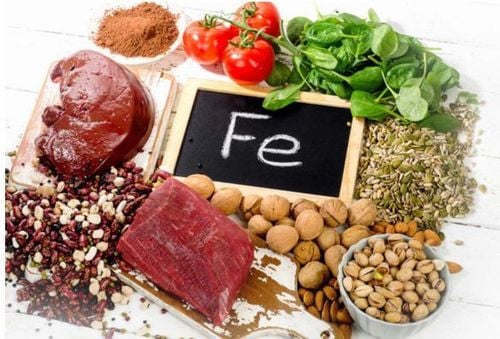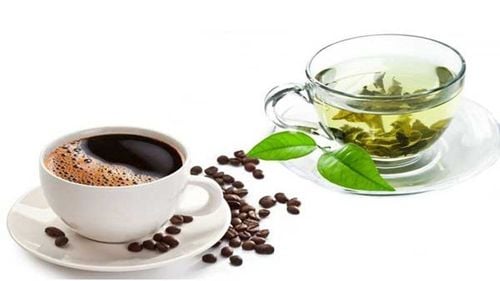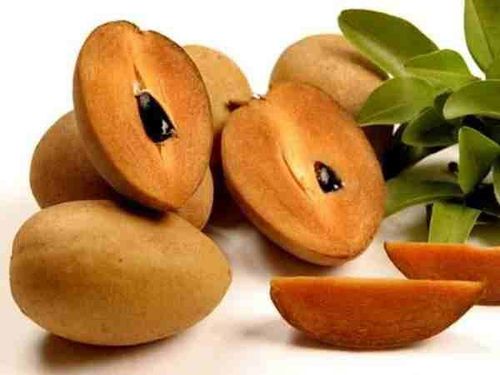This is an automatically translated article.
Tea has long been one of the most popular beverages in the world. Tea is not only known for its delicious, light and refreshing taste, but is also known for its many potential health benefits. Tannins are a group of compounds found in tea, known for their distinct flavor and chemical properties that may offer health benefits.1. What is Tannin?
Tannins are a class of chemical compounds that belong to a larger group of compounds called polyphenols. Tannin particles are generally larger than other classes of compounds found in the polyphenol group. Tannins have the ability to easily combine with other molecules, such as proteins and minerals.
Tannins are found naturally in many edible and non-edible plants, including bark, leaves, spices, nuts, fruits, and legumes. Tannins exist in plants as compounds that help fight pests. Tannins also contribute color and flavor to many plant foods.
Some of the richest and most common sources of tannins include tea, coffee, wine, and chocolate. The characteristic bitter flavor of these foods and beverages is often attributed to their rich tannins.
2. The amount of Tannin fluctuates in teas

Trà xanh có nồng độ tannin thấp nhất
Although tea is often considered a rich source of tannins, the amount of tannins in teas fluctuates based on many factors.
The four main types of tea are white, black, green and oolong, all of which are made from the leaves of a plant called Camellia sinensis. Every tea contains tannins, but the concentration is strongly influenced by how and for how long the tea leaves are processed.
Some sources say that black tea has the highest concentration of tannins of the variety, while green tea is generally said to have the lowest.
White and oolong teas are generally medium in tannins, but the amount in each can vary considerably depending on how the tea is produced. Generally, lower quality teas tend to have a higher concentration of tannins, and the longer the tea is steeped, the higher the tannin concentration in the cup will be.
3. Tannins and health benefits
There are different types of tannins found in tea, and how these compounds affect the human body is still not well understood.
However, early research suggests that tannins in tea have properties similar to other polyphenols, helping to prevent disease by providing antioxidant and antibacterial benefits. Below are some types of tannins that are believed to have positive effects on human health.
3.1 Epigallocatechin gallate One of the main tannins found in green tea is called epigallocatechin gallate (EGCG).
EGCG belongs to a group of compounds known as catechins, which are believed to be one of the reasons behind the many health benefits of green tea.
Animal and test-tube studies suggest that EGCG may play a role in reducing inflammation, protecting against cell damage and certain chronic diseases, such as heart disease and cancer.
3.2 Theaflavins and thearubigins Tea also provides ample supplies of two groups of tannins known as theaflavins and thearubigins. Black teas contain particularly high levels of tannins, two of which are thought to be responsible for the distinctive color of black tea.

Epigallocatechin gallate có thể chống lại tổn thương tế bào và một số bệnh mãn tính
Currently, the amount of information about theaflavins and thearubigins is quite limited. However, early research indicates that they act as powerful antioxidants and may protect against cell damage caused by free radicals.
However, most evidence for theaflavins and thearubigins is limited to test-tube and animal studies.
3.3 Ellagitannin Another common Tannin found in tea is called Ellagitannin. Research shows that ellagitannin has the ability to promote the growth and activity of intestinal beneficial bacteria. Ellagitannin is also known for its potential effects in cancer treatment and prevention.
Like other Polyphenols, Ellagitannin is believed to have powerful antioxidant and anti-inflammatory effects. Test-tube studies have suggested that this compound may also play a role in reducing the growth and spread of cancer cells.
However, more medical studies are needed to conclude whether ellagitannin has anti-cancer effects and whether it is reasonable to include it in a cancer treatment or prevention plan.
4. Some Downsides

Tannin có thể làm giảm hấp thụ sắt
Although the tannins in tea provide some health benefits, excessive consumption can lead to negative side effects.
Tannins are the only compounds capable of easily bonding with other compounds. While also what gives tea its characteristic bitter taste, tannins can also slow down certain digestive processes.
4.1 Reduced absorption of iron One of the biggest concerns with tannins is their ability to interfere with iron absorption. In the gastrointestinal tract, tannins can easily bind with iron found in plant foods, interfering with absorption.
Research indicates that this effect is unlikely to cause noticeable harm in people with balanced iron levels in the body, but could cause absorption problems in people with symptoms Iron deficiency.
So, if the body has low iron content but the user still wants to use tea, the user can limit the risk by consuming tea with iron-rich foods.
4.2 May cause nausea The high tannin content in tea can lead to nausea when consumed on an empty stomach. This can especially affect people with sensitive digestive systems.
This symptom can be limited by drinking tea every morning with some other food or adding milk to a cup of tea. Proteins and carbohydrates from foods can bind with certain tannins, minimizing the potential for digestive tract irritation. In addition, users should consider consuming a moderate amount of tea per serving.
Please dial HOTLINE for more information or register for an appointment HERE. Download MyVinmec app to make appointments faster and to manage your bookings easily.
Reference article: Healthline.com












